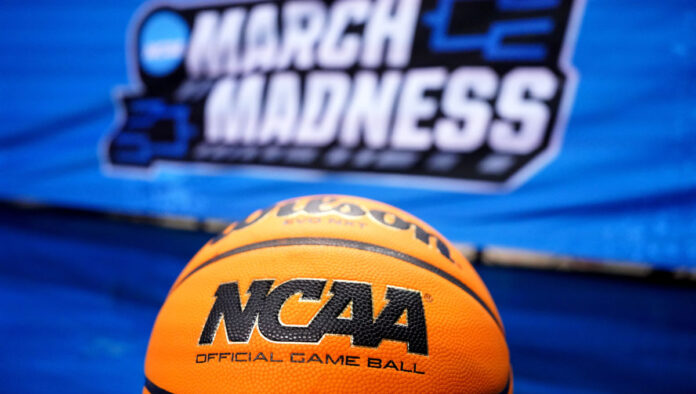
“The U.S. hyper-commercialized system of college sports, which does not exist anywhere else in the world, is in a period of overarching transition and deep financial crisis. A select share of Division I college athletes produce billions of dollars of revenue every year for their schools. Almost all of this revenue comes from football and men’s basketball.
And yet, expenditures by college athletics departments are such that, with the exception of a small number of schools, athletic expenses surpass revenues at the overwhelming majority of Division I programs. The median salary of head football coaches in the Division I Football Subdivision (FBS) is above $3.5 million, along with handsome perks and bonus provisions.
Due to longstanding rules of amateurism, the athletes themselves do not receive a salary even though some have an estimated market value of several million dollars. …
One thing is clear: change will come. Fundamentally, the choices are to move toward unfettered commercialization, allowing relatively free and open labor markets for the athletes, or to move toward a more controlled system that caps expenditures, re-emphasizes education and provides adequate short- and long-term medical coverage to the athletes. The latter path would include committing sufficient funds to enhance athlete education, for comprehensive injury and medical care, and to pay for loss of income insurance to promising athletes whose careers were aborted by injury in college. This path would attempt to resurrect the central purpose of college sports as an extracurricular activity in the university, where students are devoted to learning and live a relatively sedentary and cerebral life” (Zimbast, 2023).
Being on The Ohio State University campus truly envelops you into the world of college sports. It’s no secret that we have some of the best college athletic programs in the country, but what does that mean for our university, its athletic departments, and the student athletes that give so much of their time and energy to them? This PBS article dives into some of the complexities of this issue from multiple perspectives.
Given new regulations on athlete’s ability to profit off of their name and likeness, I think understanding the economics of modern college athletics is extremely important. With athletes potentially making up to seven figures, it’s equally important that universities pivot to keep the emphasis on academics. According to this article’s citing of the NCAA, about 38% of Division-1 college football players didn’t graduate “as estimated” (Zimbast, 2023). Since these programs have budgets in the tens of millions, I think there needs to be a shift in spending that encourages athletes to commit to academics on the same caliber as they participate in their sports. Increased academic responsibility has the ability to transform athlete’s lives post-grad while encouraging traditional students to enroll in these universities at increased rates.
I think that athletes have an inherent right to be able to profit off of their likeness, but I also know that this opens the door for unionization, decreased graduation rates, and a variety of untapped issues. This is a rapidly developing market that has the ability to change university policy, athlete’s lives, and the experience of the average viewer.
References
Zimbast, Andrew, (2023). Analysis: Who is winning in the high-revenue world of college sports? PBS. https://www.pbs.org/newshour/economy/analysis-who-is-winning-in-the-high-revenue-world-of-college-sports



